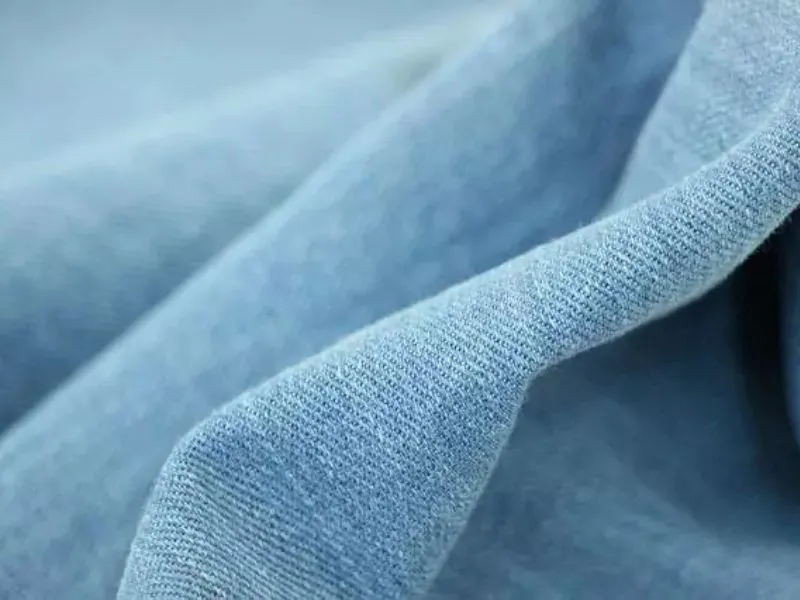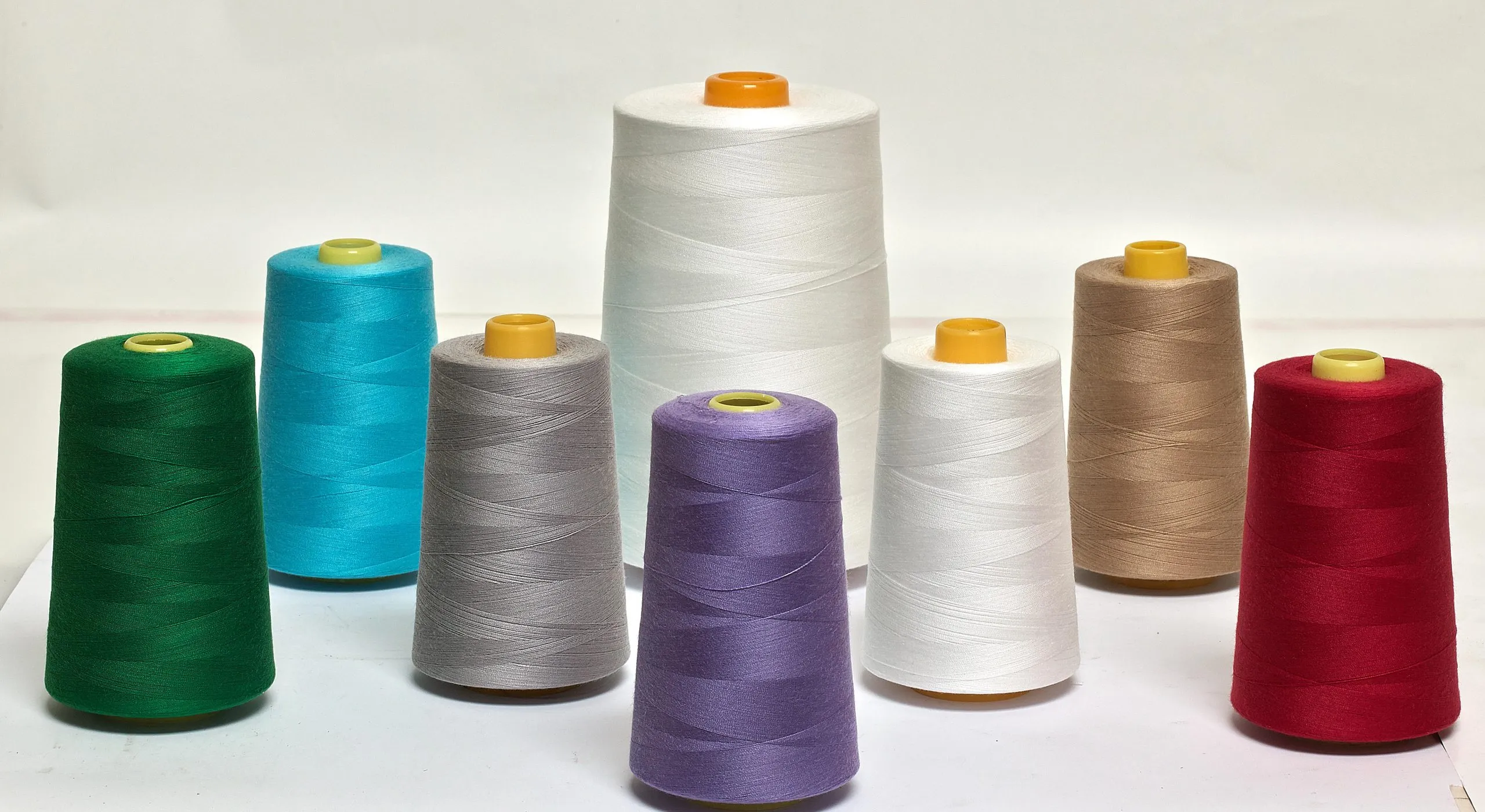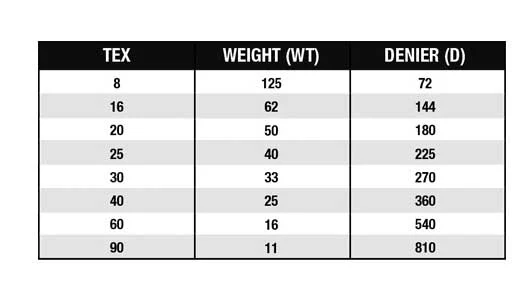
Lyocell has become one of the most talked-about fabrics in modern fashion. You’ll see it in shirts, dresses, activewear, bedsheets, towels, and even technical products. It’s soft, breathable, and has a natural shine that feels premium. But what makes lyocell so popular? To understand that, we need to look at where it comes from, how it is made, and why both brands and consumers love it.
What Is Lyocell Fabric?
Lyocell is a semi-synthetic fiber made from wood-based cellulose, usually from trees like eucalyptus, birch, or oak. Even though it starts from natural wood, the fiber is formed through a modern chemical process, so it sits between natural fibers (like cotton) and synthetics (like polyester). Many people know lyocell by its famous brand name TENCEL™, which is produced by Lenzing (Austria). Chemically, Tencel = lyocell, so both names point to the same type of fiber.
- Made from wood pulp
- Created with a closed-loop solvent process
- Soft, breathable, and gentle on skin
- Often used in eco-friendly and premium clothing
- Can blend with cotton, polyester, wool, or silk

How Lyocell Is Made (Step-By-Step)
Lyocell’s production is different from older rayon and viscose processes because it uses a cleaner, more efficient solvent system. Here’s the process in simple steps:
- Step 1: Harvesting & Chipping: Hardwood trees (eucalyptus, birch, oak) are grown in controlled farms. They are cut into small wood chips.
- Step 2: Turning Wood into Pulp: The wood chips go through a pulping process that removes lignin and keeps only pure cellulose.
- Step 3: Dissolving the Pulp: The cellulose pulp is dissolved in a special solvent called N-methylmorpholine N-oxide (NMMO). This creates a thick, honey-like solution.
- Step 4: Spinning Through Tiny Holes: The cellulose solution is pushed through spinnerets, forming continuous thin filaments.
- Step 5: Washing, Drying & Crimping: The fibers are washed to remove leftover solvent, then dried, oiled, crimped, and cut.
- Step 6: Closed-Loop Solvent Recovery: Here’s why lyocell is praised as eco-friendly – About 99% of the solvent is recovered and reused. This reduces pollution, cuts chemical waste, and lowers water usage.

Why the production matters
Compared to viscose or modal, the lyocell process:
- Uses fewer toxic chemicals
- Produces less wastewater
- Has a higher recovery rate of solvents
- Is more efficient and environmentally responsible
This is the reason lyocell is often labeled as a “sustainable fabric”.
How Lyocell Feels on the Skin
You’ll notice lyocell’s smooth, silky hand immediately: the fibers are round and uniform, which reduces surface friction and gives a drape similar to silk or high-thread-count cotton. In wear tests you can feel less pilling and lower abrasion than polyester blends, and the natural sheen makes garments look polished without heavy finishing. That soft, cool touch is why designers use lyocell for dresses, shirts, and linens aimed at a premium feel. Lyocell feels smooth, soft, and cool, making it one of the most comfortable fibers available today.
- The feel of lyocell is often described as: Silky but not slippery, Soft like cotton, Cool like bamboo, Breathable like linen, Moisture-wicking like activewear performance fabrics
- It drapes beautifully, which makes it great for: Dresses, Blouses, Flowing pants, Sleepwear, Bedsheets, Premium shirts

Why does it feel so good?
Its fibers are round and uniform, with a smooth surface that doesn’t irritate the skin. People with sensitive skin often prefer lyocell over polyester and even some cotton blends. Lyocell moves moisture away from your skin better than many fibers because its microfibrillar structure creates capillary channels; its moisture regain is roughly 11% versus cotton’s ~8%, so you’ll feel drier during activity and sleep. Brands increasingly use lyocell in performance blends because it balances absorption with fast moisture release to air.

Digging deeper, lyocell’s cellulosic microfibrils provide both bulk absorption and surface wicking: sweat is drawn into the fiber matrix, spread across a larger surface area, then released into the surrounding air. In practical terms, you’ll find lyocell sheets rated for “summer” use and activewear that maintains thermal comfort during moderate exercise; the fabric also inhibits prolonged wet spots that encourage odor-causing bacteria, so garments feel fresher between washes.
Key Properties of Lyocell (What Makes It Special)
Lyocell has a rare combination of qualities. This is why it’s replacing viscose and sometimes even cotton.
- Breathable: Air flows easily through the fiber, keeping your skin comfortable in hot weather.
- Moisture-Wicking: Lyocell can absorb up to 50% more moisture than cotton, pulling sweat away from your skin.
- Naturally Soft & Smooth: No scratchiness, no stiffness, no irritation.
- Strong When Wet and Dry: Unlike some rayon fabrics, lyocell keeps its strength even when wet (good for washing durability).
- Resists Odor: Better moisture control means fewer bacteria—less smell.
- Low Wrinkling: Not as wrinkly as linen, not as firm as cotton—nice balance.
- Versatile for Blends: Works well with cotton, polyester, wool, and silk to improve softness and drape.

Why Lyocell Is Everywhere Today
Lyocell has exploded in popularity across fashion, home textiles, and even technical industries.
- Reason 1: Eco-Friendly Reputation: Consumers want sustainable clothing. Lyocell is known for – Wood from responsibly managed forests, Closed-loop chemical recycling, Lower water use than cotton, Lower emissions than traditional rayon, Brands love this for marketing and storytelling.
- Reason 2: Comfort that Sells: Comfort is king. Lyocell wins because it feels – Softer than many cottons, Cooler than polyester, Smoother than rayon.
- Reason 3: Premium Look: Lyocell fabrics have a natural shine and elegant drape, giving clothing a clean, high-end look.
- Reason 4: Fits Many Categories: It appears in – Shirts & blouses, Dresses, Underwear, Activewear, Towels, Bedsheets, Denim blends, Uniforms and workwear, Medical products (absorbent pads, dressings)
- Reason 5: Strong Supplier Ecosystem: Most lyocell is now produced in – China, Indonesia, Austria (Lenzing)… Large production scale makes it stable for global brand sourcing.
Is Lyocell Truly Sustainable?
You’ll find lyocell sits between viscose and cotton: it’s produced in a closed‑loop system that recovers the solvent (typically >99%), so you get far lower chemical emissions than viscose; compared with conventionally grown cotton, lyocell often uses less irrigation and fewer agrochemicals while offering better drape and moisture management, though it usually costs more per metre.
The Good
- Closed-loop solvent recovery (up to 99%)
- Uses fast-growing trees (eucalyptus grows without heavy pesticides)
- Lower environmental impact than viscose rayon
- Biodegradable & compostable
The Cautions
- Not all factories use the closed-loop system at full efficiency
- Wood must come from certified forests (FSC, PEFC)
- Energy-intensive processing if not optimized
- Transportation footprint still matters
Full Comparison Table: Lyocell vs Viscose vs Cotton

| Factor | Lyocell | Viscose | Cotton |
|---|---|---|---|
| Raw Material Source | Wood pulp from fast-growing trees (eucalyptus, birch, oak) | Wood pulp but processed with more chemicals | Natural fiber from cotton plants |
| Production Process | Closed-loop solvent recovery (≈>99% recycled), low emissions | Uses carbon disulfide & caustic soda; higher pollution | Agriculture-based; requires large land, water, pesticides (unless organic) |
| Environmental Impact | Lower chemical waste, less water, biodegradable; depends on forest certification (FSC/PEFC) | High chemical impact, toxic emissions unless produced in modern plants | High water use, high pesticide use (conventional); organic cotton reduces this |
| Breathability | Very breathable | Breathable | Very breathable |
| Moisture Management | Excellent moisture-wicking, dries faster | Moderate moisture absorption, slower drying | Good absorption but can stay damp |
| Strength (Wet & Dry) | Strong when dry, strong when wet | Weak when wet, prone to losing shape | Good dry and wet strength |
| Feel on Skin | Soft, smooth, silky, cool | Soft but can feel less smooth than lyocell | Soft, natural, slightly textured |
| Drape & Appearance | Beautiful drape, clean and premium look | Good drape but lower resilience | Moderate drape; more structured |
| Durability | Good durability; resists wear better than viscose | Weaker durability, especially when wet | Strong and long-lasting |
| Pilling Risk | Medium (improves when blended) | Medium to high | Low to medium |
| Wrinkle Resistance | Low to medium | Low | Medium to high (wrinkles easily unless blended) |
| Skin Sensitivity | Great for sensitive skin (smooth fiber surface) | Can irritate very sensitive skin | Good for sensitive skin (natural fiber) |
| Care & Washing | Gentle wash, avoid high heat | Delicate care needed | Easy to wash, durable in laundry |
| Cost | Higher manufacturing cost; considered premium | Lower manufacturing cost; cheap to produce | Varies: conventional cotton is affordable, organic is expensive |
| Sustainability Notes | Strong sustainability profile if sourced responsibly | Generally less eco-friendly | Conventional cotton has high impact; organic reduces it |
| Common Uses | Shirts, dresses, bedsheets, towels, activewear, underwear | Dresses, blouses, linings, low-cost fashion | T-shirts, denim, bedding, towels, everyday apparel |
Final Thoughts: Why Lyocell Deserves the Spotlight
Lyocell sits at the perfect intersection of comfort, performance, and sustainability. It feels great, looks elegant, and is made through a cleaner process compared to many other cellulose fabrics. From fast fashion to luxury brands, lyocell is now everywhere because it solves multiple problems at once: softness, breathability, environmental impact, and versatility. If you want a fabric that feels premium, supports modern sustainability goals, and works across many garment categories, lyocell is one of the top choices today.
FAQs About Lyocell Farbic
What exactly is lyocell and how is it related to TENCEL™?
Lyocell is a semi-synthetic fiber made from wood-derived cellulose, commonly sourced from eucalyptus, birch, or oak. It occupies a middle ground between natural fibers (like cotton) and fully synthetic fibers (like polyester) because the raw material is natural but the fiber is produced through a chemical spinning process. TENCEL™ is a well-known brand name for lyocell produced by Lenzing; chemically and functionally, TENCEL™ = lyocell, though TENCEL™ carries specific chain-of-custody and production claims from its manufacturer.
In Short, How is lyocell manufactured?
Lyocell production begins with purified wood pulp that is dissolved in an amine oxide solvent (commonly N-methylmorpholine N-oxide, NMMO) to form a cellulose solution. That solution is extruded through spinnerets to form continuous filaments, which are then washed to remove solvent, coagulated, stretched to orient the molecules, and dried. The lyocell process is typically closed-loop: the solvent is recovered and reused at high rates (often >99%), reducing emissions and chemical discharge compared with traditional viscose processes.
Why does lyocell feel so soft and cool on the skin?
Lyocell fibers are round and uniform with a very smooth surface, which reduces friction against skin and gives a soft, silky hand. The fiber structure also wicks moisture efficiently and breathes well, creating a cool, dry feel that many people with sensitive skin prefer over polyester or some cotton blends. The combination of smooth surface, good drape, and natural luster makes lyocell feel premium.
What are the key properties and performance benefits of lyocell?
Lyocell offers a blend of desirable traits: high tensile strength, excellent drape, good dye uptake, effective moisture management, and reduced pilling compared with many other cellulosic fibers. It performs well in apparel and home textiles because it balances comfort, durability, and aesthetic qualities (soft sheen and smooth texture). It is also biodegradable under appropriate conditions when not heavily blended with non‑biodegradable fibers.
Is lyocell a sustainable fabric?
Lyocell can be more sustainable than many alternatives when produced responsibly: it often uses fast‑growing, low‑input trees (e.g., eucalyptus), employs a closed‑loop solvent recovery system that reclaims nearly all processing chemicals, and typically requires less water than cotton cultivation. Sustainability varies by producer and supply chain: look for certifications such as FSC/PEFC for wood sourcing, OEKO‑TEX or equivalent for chemical safety, and supplier transparency. Caveats include energy use in processing, potential land‑use impacts where wood is grown, and reduced end‑of‑life benefits when lyocell is blended with synthetic fibers.
How should I care for lyocell garments and linens?
Follow garment labels, but general care recommendations are: machine wash on a gentle cycle with cold or lukewarm water, use mild detergent, avoid chlorine bleach, and tumble dry on low or preferably line dry to reduce wrinkling and shrinkage. Iron on a low to medium setting while slightly damp if needed, and consider professional cleaning for structured or heavily finished garments. Proper care preserves fiber strength, hand, and dimensional stability.
Why is lyocell becoming so widespread across fashion and home textiles?
Lyocell answers several market needs at once: it delivers comfort (softness, breathability), attractive aesthetics (drape and sheen), and a stronger sustainability story than many synthetic fibers because of responsible wood sourcing and solvent recovery. Brands use it to replace viscose and to offer premium, eco‑oriented product lines; consumers value the comfort and perceived environmental benefits. Its versatility—from activewear to bedding to technical textiles—helps drive broad adoption across price points and product categories.


